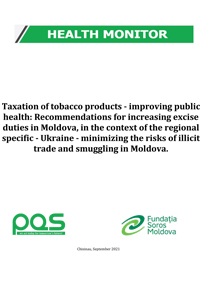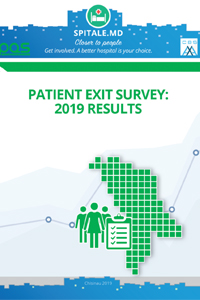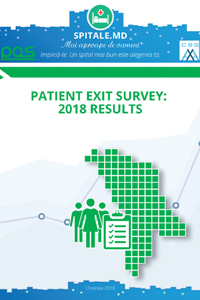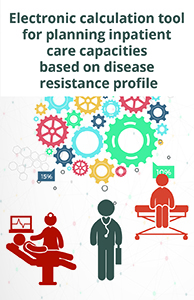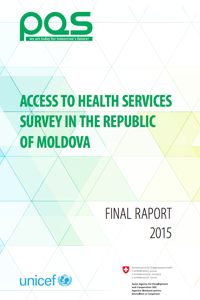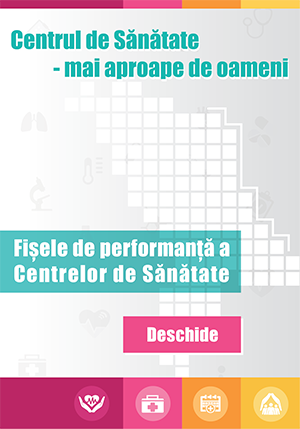The Patient Exit Survey: 2018 results is the first of its kind in the health field in the Republic of Moldova and was conducted within the project " Implementing Participatory Social Accountability for Better Health”, implemented by the Center for Health Policy and Analysis (PAS Center) in collaboration with the Ministry of Health, Labor and Social Protection, with the financial support of the World Bank / Global Partnership for Social Responsibility.
The main purpose of the survey was to measure the satisfaction of the hospitalized patients in a comparable and objective way for 55 public health-care institutions in the country and to give a general score to the hospital. Also, the survey measures the satisfaction of patients regarding the quality of interaction and communication with doctors and medical staff, participation in decision-making and training on post-discharge behavior, opinion on the conditions of hospitalization, as well as evaluation of suggestions made by outpatients regarding aspects that need improvement in hospitals.

